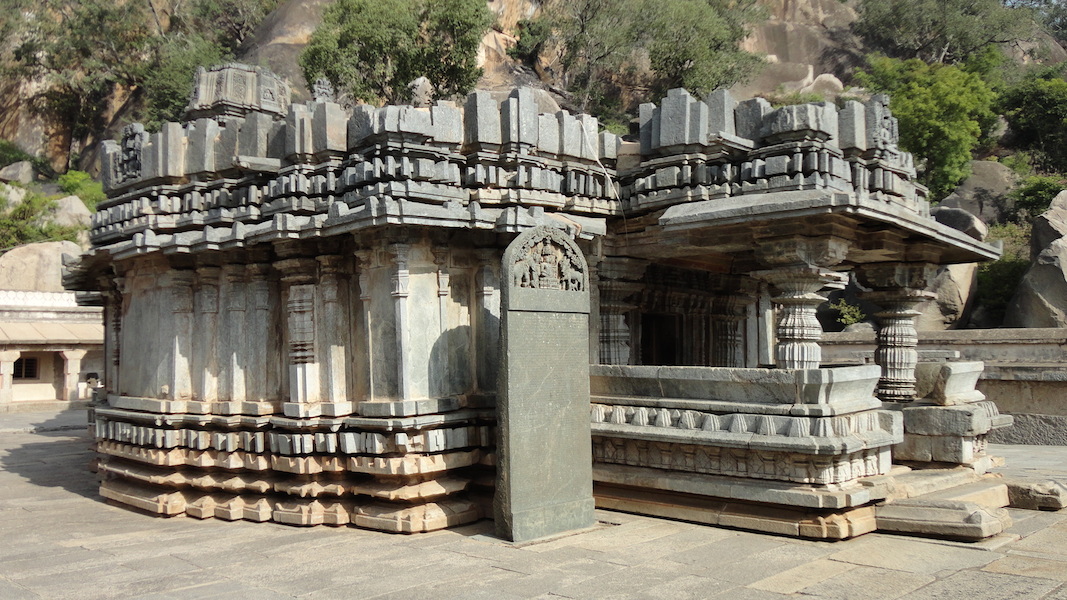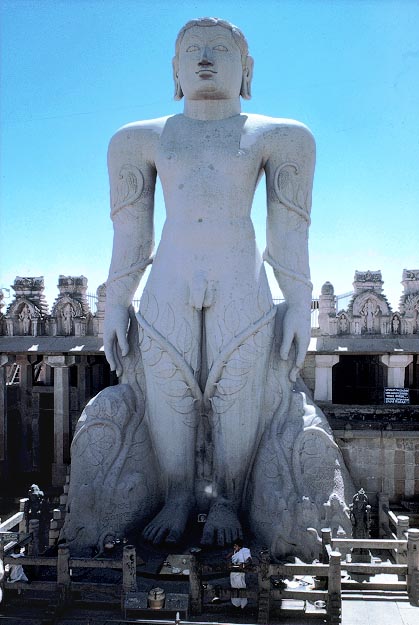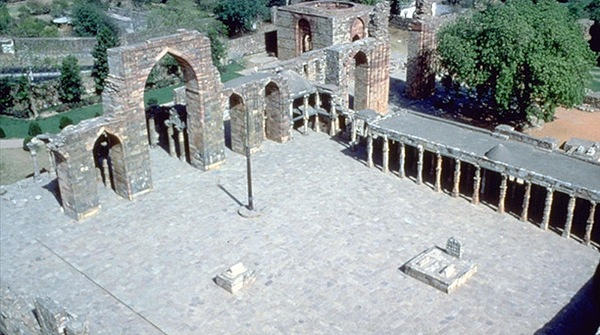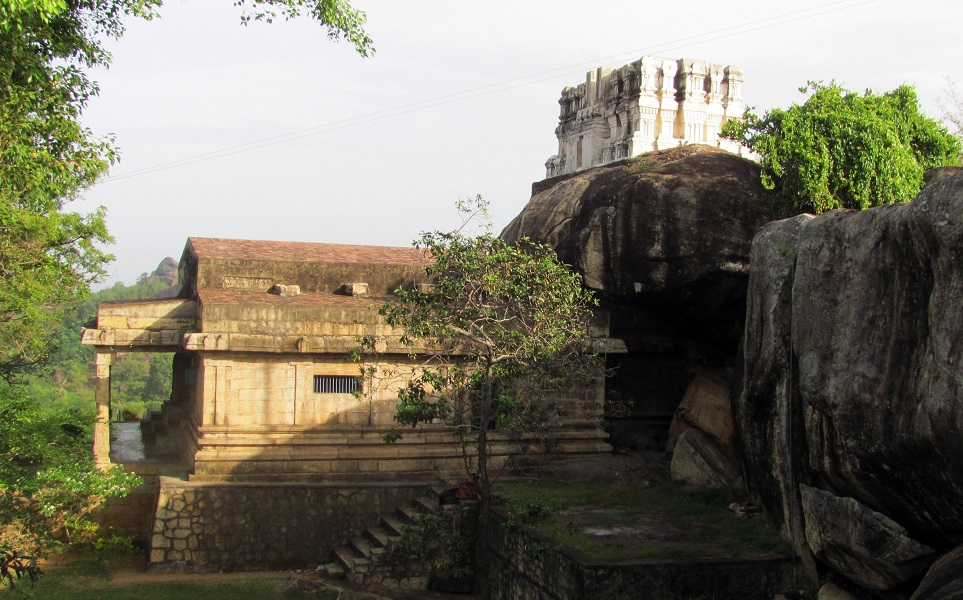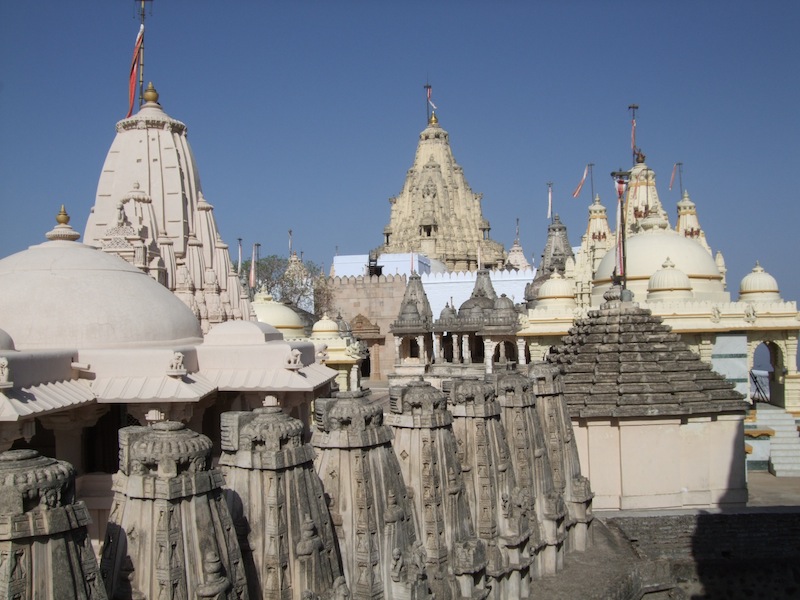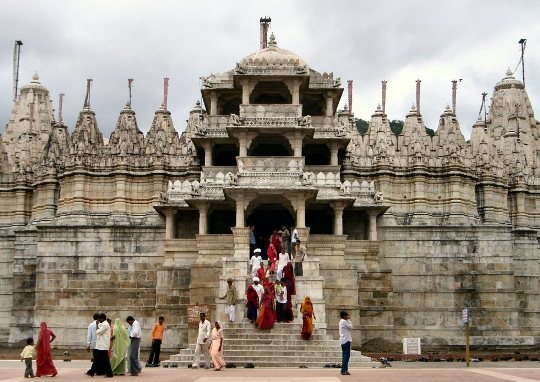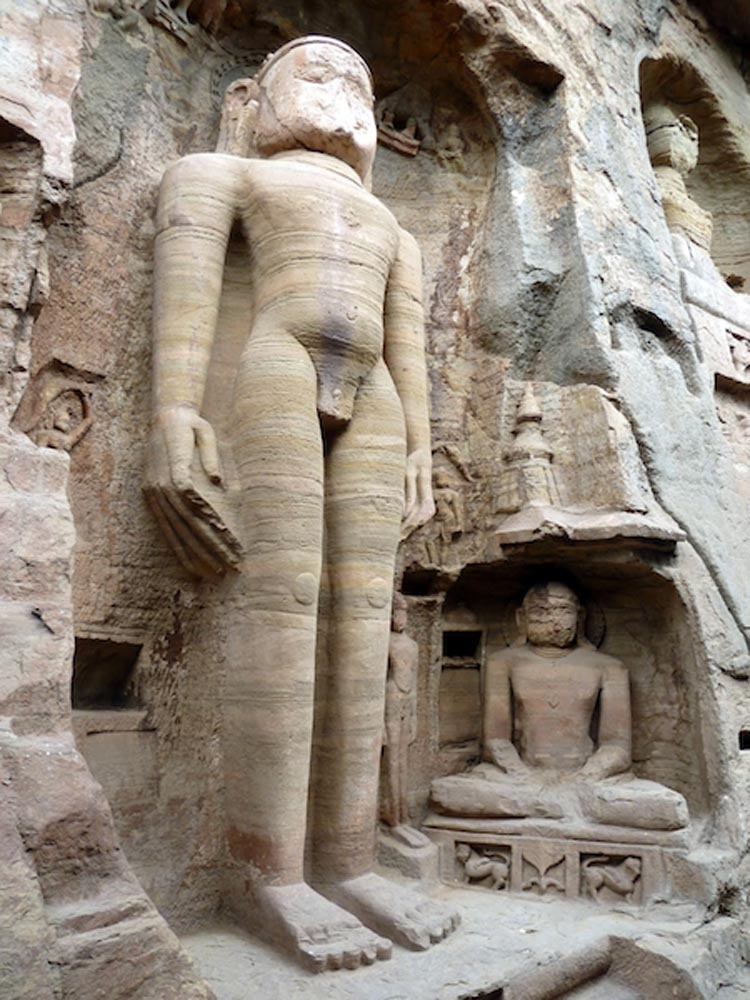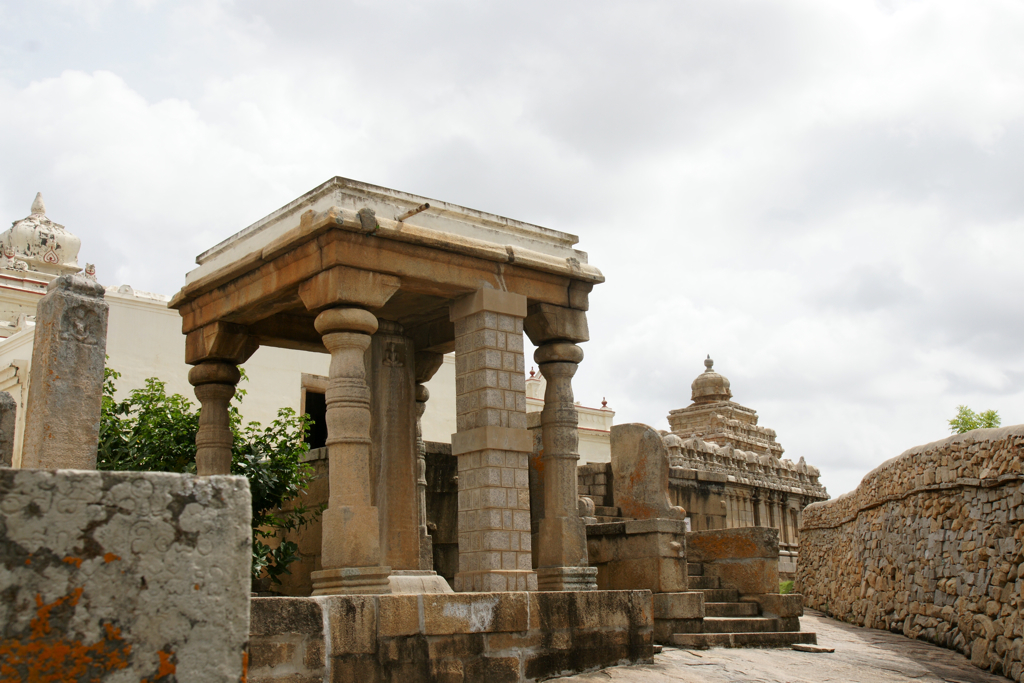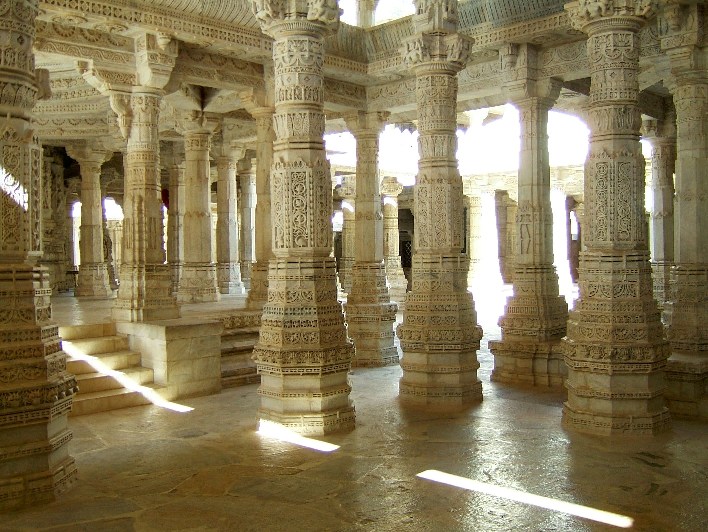
Holy places range from impressive temple-cities drawing thousands of pilgrims to isolated spots and small family shrines at home. The complexities of the past are remembered and reworked by lively communities of contemporary Jains both in India and beyond. Jain thinking has been influential in areas such as peaceful protest and environmental concern.


